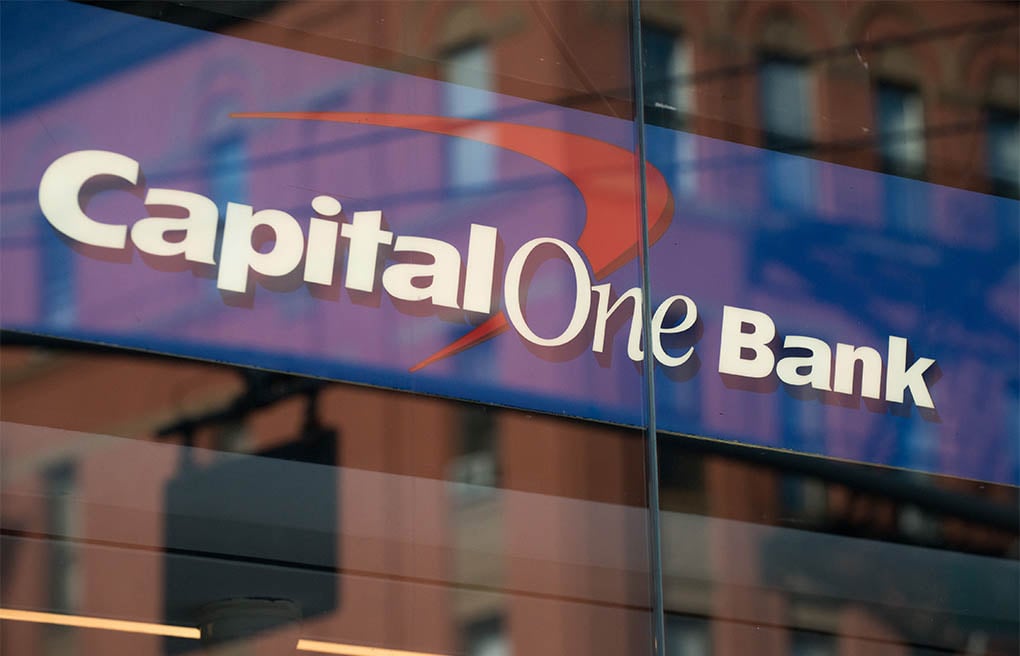Lessons from the Capital One Data Breach

Let’s be honest. When most financial executives read the headline “Capital One Data Breach,” they had two thoughts:
- How is this going to impact the financial sector?
- Thank goodness it wasn’t my institution!
It’s not that executives are unsympathetic. They know the aftermath of a data breach is like experiencing every circle of Dante’s hell. But, bank and credit union executives can’t assume it will never happen to their institution. They have to learn from other’s mistakes.
What happened?
Paige Thompson, the woman who is alleged to have performed the hack, used a web vulnerability known as Server-Side Request Forgery. SSRF means the hacker was able to forge credentials to gain access to restricted parts of a network. In this case, information about Capital One’s customers.
Remember access control systems? The company issued employees an access card that determined where they could go within company buildings. If employees tried to access a restricted area, they were denied access. The same concept applies to SSRF. When the authentication process works correctly, a request for information from an unauthorized source will be blocked. But, just as people can forge an access card, hackers can fake credentials to access restricted data.
How did it happen?
Although SSRF is a known vulnerability that AWS could address, Amazon relies on properly configured networks to block an attack. AWS publishes extensive documentation and guidelines outlining how its cloud customers must secure their data. As a result, AWS shifts the responsibility to the customer. In the case of Capital One, it mismanaged its firewall, comprising its bank security.
What does the Capital One breach mean?
For financial institutions, it calls into question the security of cloud computing. Capital One is the first large institution to embrace cloud computing; others have been more reluctant. This breach does nothing to build confidence in cloud computing within the financial sector despite AWS’s claim that its infrastructure was not at fault.
What the breach does point out is the risk financial institutions take when storing data and applications at third-party locations. Now is an excellent time to review the institution’s security by:
- Understanding which parties are responsible for what security
- Making sure qualified cybersecurity personnel manage the network
- Having documented procedures in place for testing any changes to the network
No one can guarantee a financial institution is 100% safe, but being proactive is one way to continue to say, “Thank goodness it wasn’t my institution!”